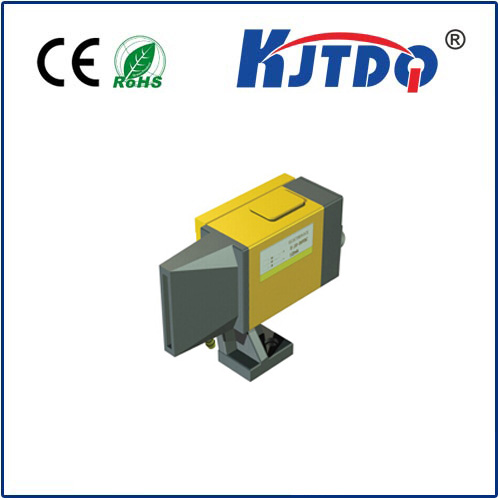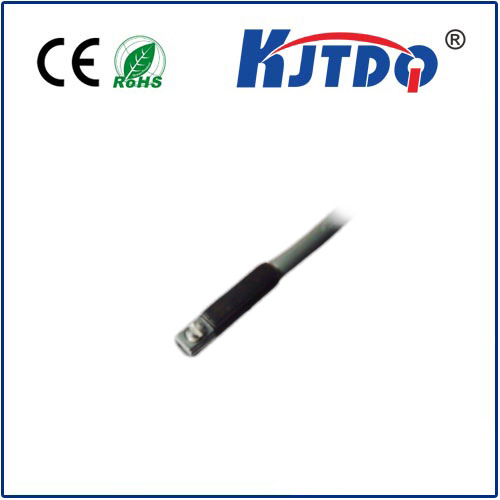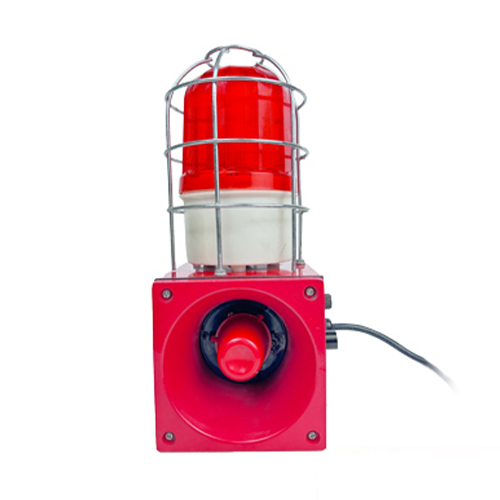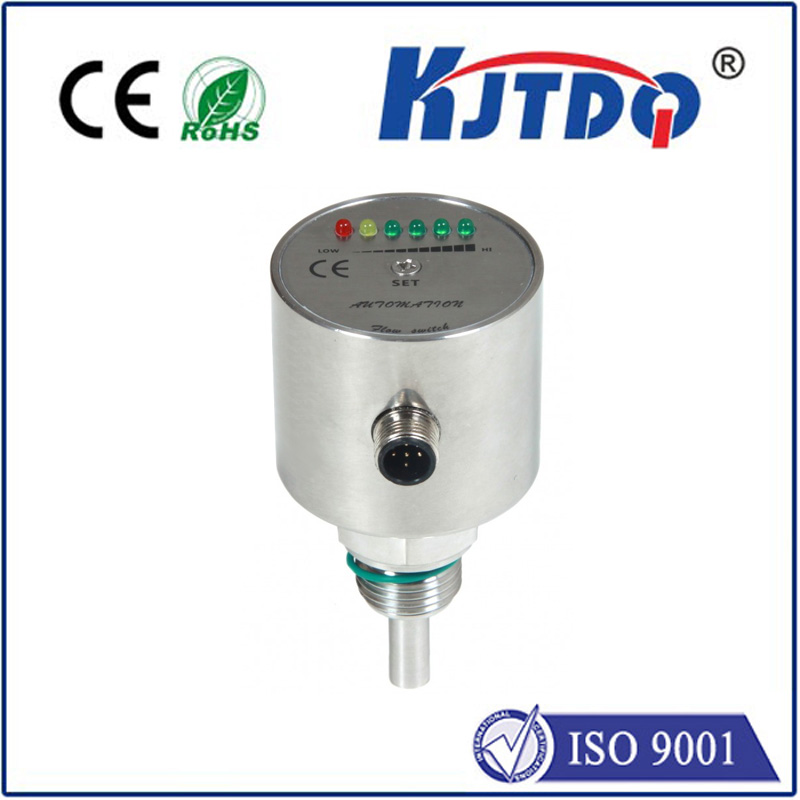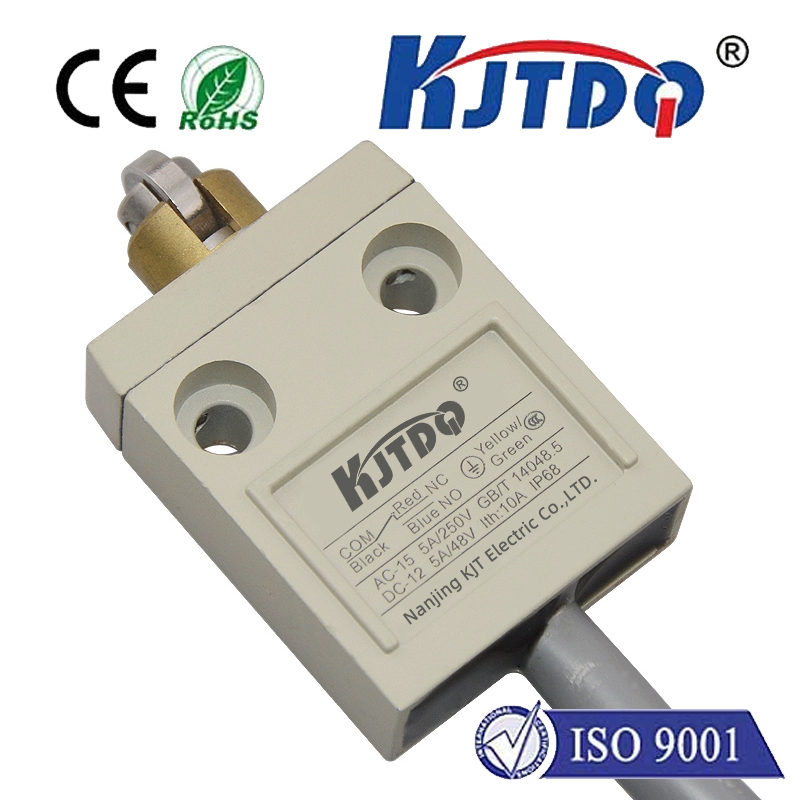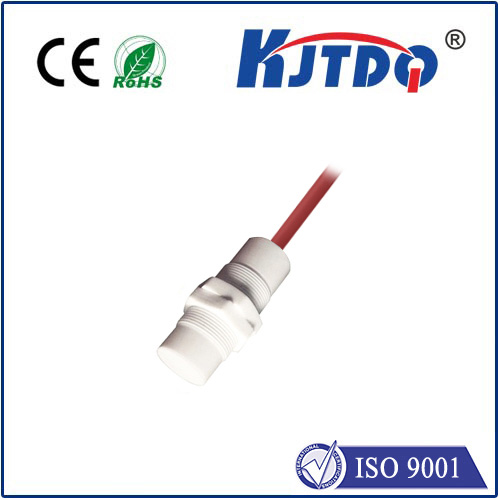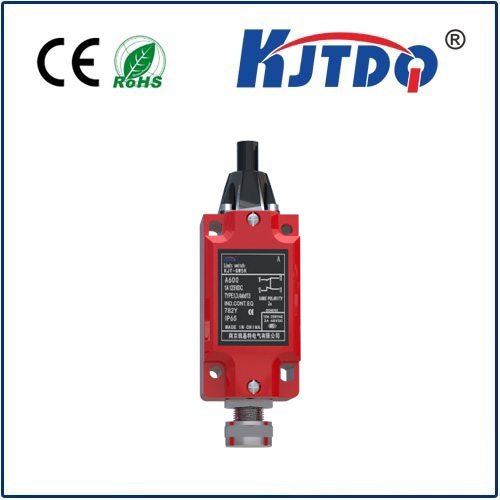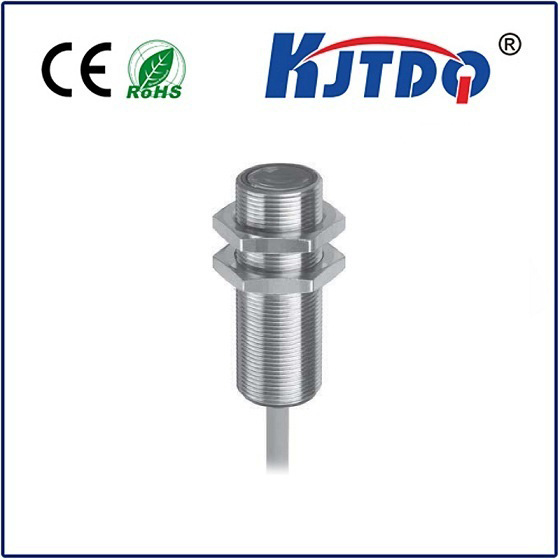In the relentless heartbeat of modern industry, where colossal turbines spin, massive compressors hum, and intricate gearboxes transfer immense power, the margin for error is razor-thin. Unplanned downtime is the enemy, costing millions and potentially compromising safety. At the forefront of safeguarding these critical assets lies a technology fundamental to predictive maintenance: vibration monitoring. And within this domain, Bently Nevada proximity sensors stand as a benchmark for reliability and precision, providing the essential eyes on machine health that engineers trust.
So, what exactly is a Bently proximity sensor, and why does it hold such significance? Fundamentally, it’s a type of non-contact vibration and displacement transducer. Unlike traditional sensors that might physically touch the component they’re monitoring, proximity sensors operate on the principle of eddy current induction. This means they generate a high-frequency electromagnetic field from their probe tip. When this field interacts with a conductive target material (like a rotating shaft), small circulating currents called eddy currents are induced within the target. Variations in the gap between the probe tip and the target cause measurable changes in the strength of this eddy current effect. The sensor precisely converts these minute changes in the electromagnetic field into a proportional electrical signal, typically a DC voltage representing the gap or dynamic motion.
The core value proposition of Bently proximity sensors lies in their robust application for monitoring radial shaft vibration and axial position (thrust) in rotating machinery. Imagine monitoring the tiny, high-speed movements of a generator shaft or tracking the axial position changes of a turbine rotor under load. These are critical parameters indicating bearing health, potential misalignment, imbalance, or impending mechanical failure. Non-contact measurement is absolutely vital here; physically attaching sensors directly to these fast-moving components is often impossible or impractical. Bently probes, mounted securely in stationary brackets near the shaft, provide continuous, real-time data without interfering with the machine’s operation.

Beyond vibration and position, Bently proximity transducer systems are indispensable for measuring keyphasor® events. A Keyphasor® signal is essentially a once-per-revolution timing pulse generated when a notch or key on the shaft passes the probe. This pulse is the heartbeat synchronizing all vibration phase measurements. Accurate phase data is critical for pinpointing imbalance location, diagnosing rubs, or identifying resonance conditions during machine startup or coast-down.
The reputation of Bently Nevada sensors rests on several key pillars vital for demanding industrial environments:
Where do you find these vital proximity probes hard at work? Their application is vast across critical sectors:
Investing in high-quality machine health monitoring is not merely an operational cost; it’s a strategic imperative. Early detection of developing faults allows for planned intervention during scheduled outages, avoiding the staggering costs and safety hazards of unexpected breakdowns. Bently proximity sensors provide the foundational, high-fidelity data upon which effective predictive maintenance strategies are built. They are the silent sentinels, continuously translating the subtle mechanical language of rotating equipment into actionable intelligence for engineers.
Choosing the right sensor system involves understanding your specific machinery requirements and environmental challenges. Factors like target material conductivity, required measurement range, ambient temperature, and potential exposure to contaminants all influence the optimal proximity probe and driver selection. Leveraging the proven technology and extensive application expertise behind Bently Nevada sensors offers a significant advantage in achieving operational reliability and asset longevity. By delivering precise, reliable data on shaft dynamics, these sensors empower maintenance teams to move from reactive firefighting to proactive, data-driven decision-making, ensuring the smooth and efficient heartbeat of industry continues uninterrupted.
